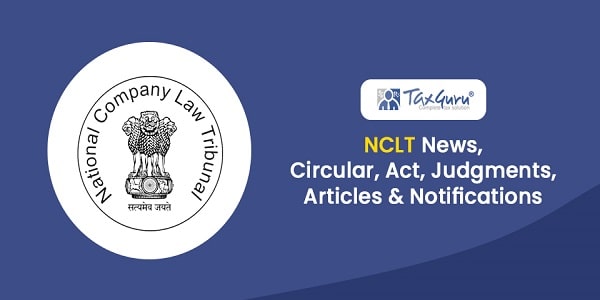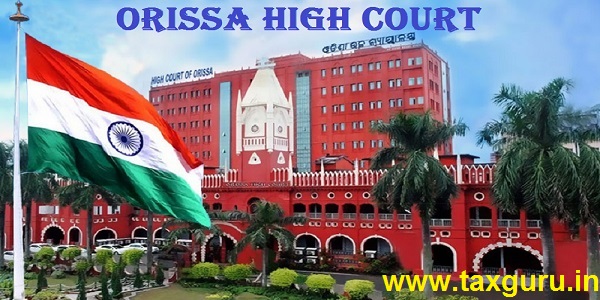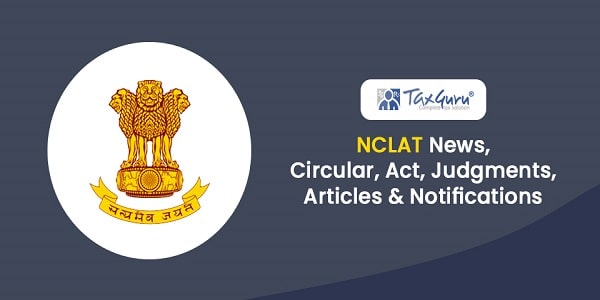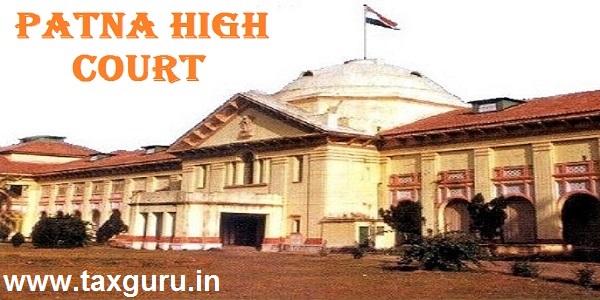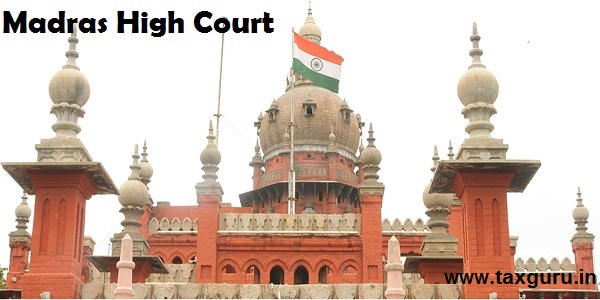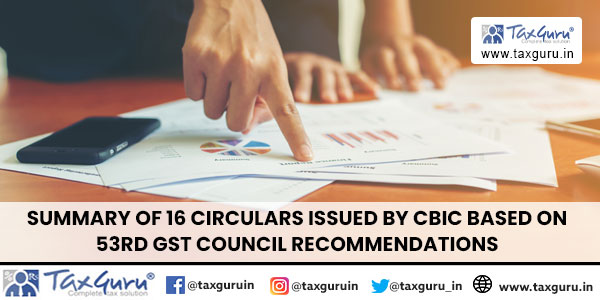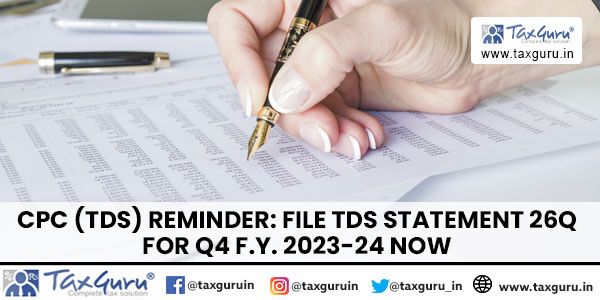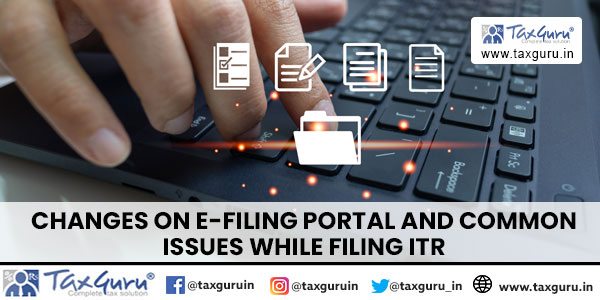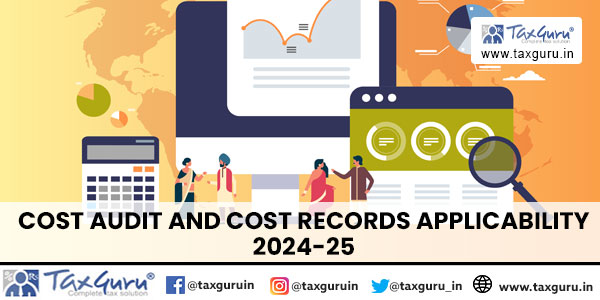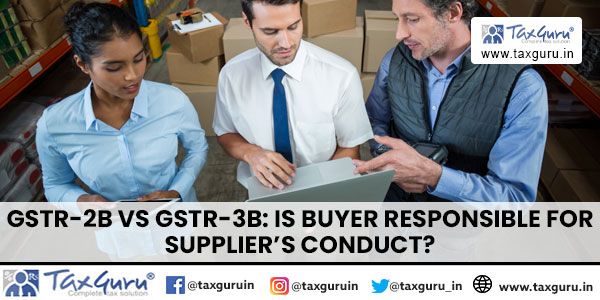Case Law Details
Brief of the case:
In these cross appeals Hon’ble HC have framed following questions of law:
(a) Whether ITAT was correct in law in holding that the Transfer Pricing Officer could apply the CUP METHOD (comparable uncontrolled price method) to analize three international transactions?
(b) Whether TPO could compute the arms length price ALP at nil on account of professional consultancy fee paid and management fee paid by the Appellant by using the Cup Method even though no comparable had been referred to by the TPO?
(c) Whether ITAT was right in law in deleting the addition of Rs.1,61,36323/- (60% of Rs.2,68,93,871/-) made by the Assessing Officer on the basis of the order of the TPO on account of consultancy charges, whereas the objection raised by the assessee on the addition has already been rejected by the DRP?
These questions of law would be relevant in determining the correctness of the orders of the TPO, the DRP and the Tribunal in respect of the determination of the arm’s length price by them and therefore, also in answering the questions of law raised in the appeals. The determination of the arm’s length price by the authorities is based on certain findings of law which is being dealt with in the judgment. The entire computation of the arm’s length price, therefore would have to be reconsidered and reassessed based on court’s findings. Therefore, HC have remanded back the matter to the tribunal for afresh consideration.
Facts of the case:
- The assessee is a wholly owned subsidiary of Knorr Bremse Asia Pacific (Holding) Limited (KBAP).It carries on business inter alia of manufacturing air brake sets for passenger cars and wagon coaches, shock absorbers for passenger cars and locomotives, distributor or valves, computer control break system, tread break units and brake accessories.
- The assessee’s business is segregated into two parts, namely, manufacture and distribution.
- During the assessment year, it entered into various international transactions with its AEs.
- The assessee had prepared a transfer pricing report which adopted the Transactional Net Margin Method (TNMM) considering it to be the most appropriate method for the purpose of benchmarking its activities under the manufacturing and distribution segments separately.
- The AO referred the international transactions to the TPO for determination of the ALP under Section 92CA.
- The TPO by his order dated 27.10.2010 noted that for the manufacturing segment, the assessee had selected the TNMM as the most appropriate method with Net Profit Margin (NPM) as the PLI.
- The TPO then dealt with the management support services by dealing with each of the ingredients thereof, namely, business development, human resource services, accounting, financial support and controlling services, IT services and SAP consultancy services.
- AO accordingly prepared a draft assessment order dated 20.12.2010 and assessed the assessee’s income at Rs.6,25,65,160/- together with interest and also initiated penalty proceedings.
- The assessee filed its objections on 01.09.2011 to the draft assessment order before the DRP. With regard to those objection DRP observed that the SAP licence and MS Office had been purchased at lower rates benefiting the assessee and to that extent the benefit test for the assessee was clear and that the assessee must be given the benefit. The TPO was directed to verify and re-compute the ALP, if necessary.
- At last, The AO by an order dated 03.10.2011 assessed the total tax payable at Rs.1,93,79,968/-.
- On appeal to ITAT it was considered and analysed that whether the evidence was properly and adequately considered and analysed.
Contention of the assessee:
- The transactions were inextricably linked to the manufacturing and distribution functions performed by it and they were, therefore, aggregated and analyzed with the assessee’s manufacturing and distribution functions.
- There is no direct comparable as per the CUP Method for transactions of this nature.
- The transactions being closely and intrinsically linked with the core business activities, the FAR analysis stipulated under Rule 10B(2) read with Rule 10A(d) calls for an aggregation.
- The various international transactions jointly contribute to the profitability of the manufacturing and distribution activities and the PLI.
- It was contended that the PLI margin of manufacturing or distribution activities cannot be computed unless all direct costs attributable thereto are also considered along with it.
Held by ITAT:
- The Tribunal agreed with the TPO that the assessee’s approach did not conform to the Transfer Pricing Regulations.
- The impugned transactions relating to payment of Rs.1,52,07,206/-, Rs.1,40,56,800 and Rs.2,68,93,871/- under the heads Professional Consultancy, Management Fee for support services and SAP Consultancy Charges were distinguishable and separate international transactions carried out by the assessee with its AE.
- Each transaction was, therefore, required to be benchmarked separately.
- The appellant did not compute the net profit margin realised from each such transaction and had not produced any material to establish that the available data of comparable transactions, if any, was unreliable or inadequate.
- The Tribunal observed that there is no guidance in India regarding the criteria for choosing a particular method and that the law does not provide for priority for any particular method to be applied.
- The tribunal observed that the OECD and certain other countries considered the CUP Method to be the most direct method for determining the ALP.
- The Tribunal rejected the TNMM in respect of the said three transactions and upheld the TPO and DRP’s adoption of the CUP Method in respect thereof.
- Tribunal also held that The DRP was not justified in upholding the conclusion of the TPO for making addition to the assessee’s income on that account.
- The Tribunal directed the AO to delete the addition on that account and allowed the grounds raised in appeal by the assessee.
Held by the Court:
- A reading of the orders of the TPO, the DRP and of the Tribunal makes it clear that one of the main reasons for not accepting the assessee’s case was that the assessee had not been able to substantiate that the payment for the services had actually increased its profits.
- The answer to the issue whether a transaction is at an arm’s length price or not is not dependent on whether the transaction results in an increase in the assessee’s profit.
- The question whether the decision was commercially sound or not is not relevant. The only question is whether the transaction was entered into bona fide or not or whether it was sham and only for the purpose of diverting the profits.
- Whether a transaction is entered into at an arm’s length price or not must depend upon the facts of each case relating to the transaction per se, i.e., the transaction itself.
- Profit is only a possibility and a desired result with or without the aid of an international transaction. Every business venture is not necessarily profitable or successful.
- The profit earned by an assessee could be for reasons other than those relating to the international transactions or by virtue of international transactions as well as by virtue of other factors.
- Mere profitability does not indicate that the transaction which was responsible for the enhancement of the profits was at an arm’s length price.
- Merely because an assessee profits by the use of the goods supplied or the services rendered, it does not follow that the same were sold or supplied at an arm’s length price.
- Conversely, merely because an assessee does not profit from the use of the goods or services it does not follow that they were not sold at an arm’s length price.
- The absence of profit may at the highest be a factor while considering whether the transactions were genuine or not. That would depend upon the facts of each case. However, mere absence of profit would not be a ground for holding that the transactions are not genuine and ought not to be taken into consideration in the assessment proceedings.
- The DRP and the Tribunal had rejected the assessee’s contention regarding the true value of the services rendered by the assessee’s AEs and its officers. It will be necessary for the authorities to reassess even the evidence on record in the light of our decision that the mere failure to establish that the transactions resulted in a profit does not indicate that they were not at an arm’s length price.
- Hence the matter is remanded back to the tribunal.






